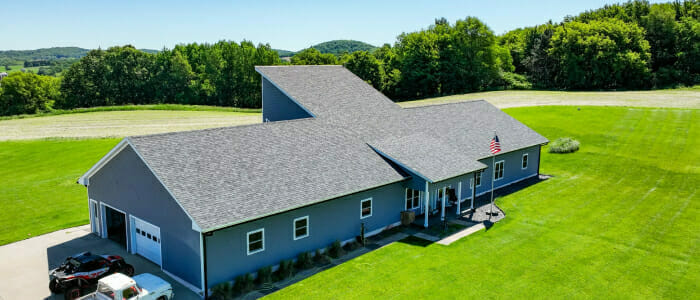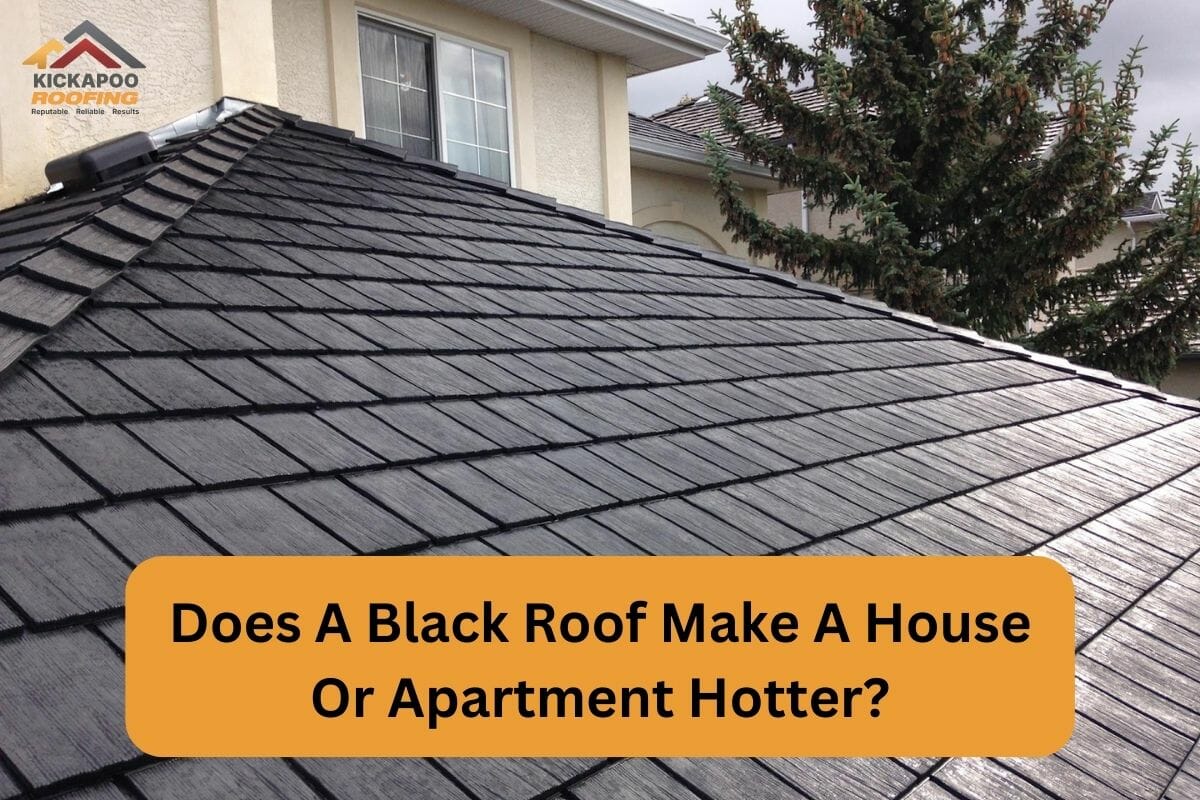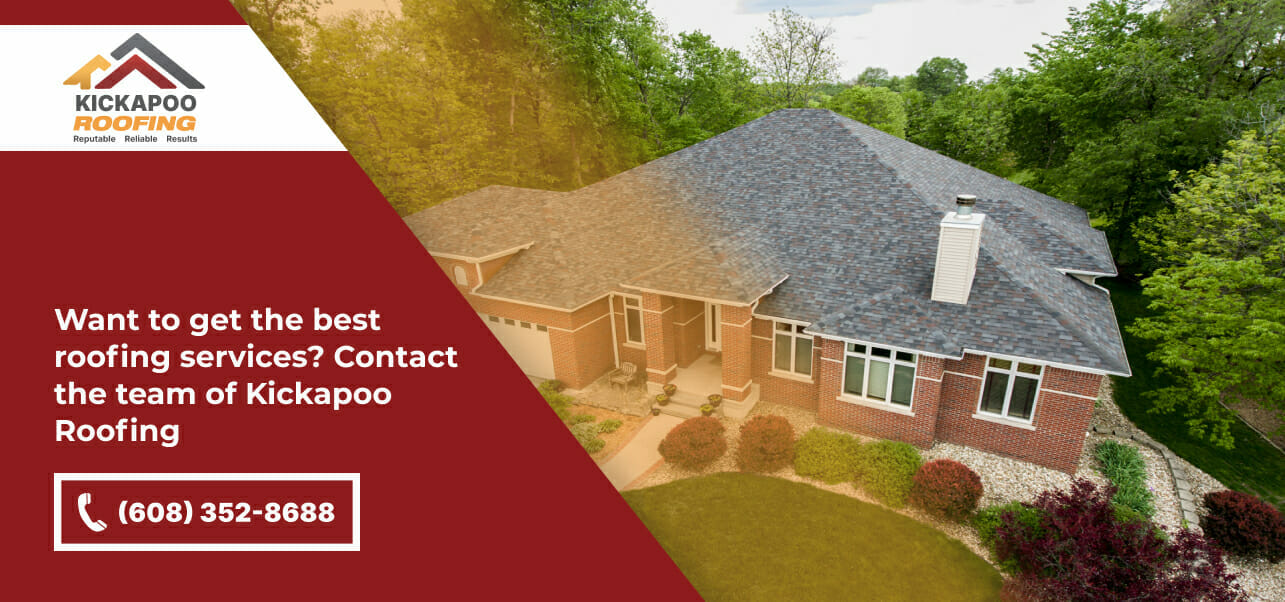When it comes to choosing the best color for your roof, you may have heard conflicting opinions about whether a black roof makes your house hotter. Some claim that black roofs absorb more heat, while others argue that the impact is minimal. In this article, we will debunk the myth and provide you with a comprehensive understanding of how black roofs affect the temperature inside your home.
Understanding the Relationship Between Roof Color And Temperature
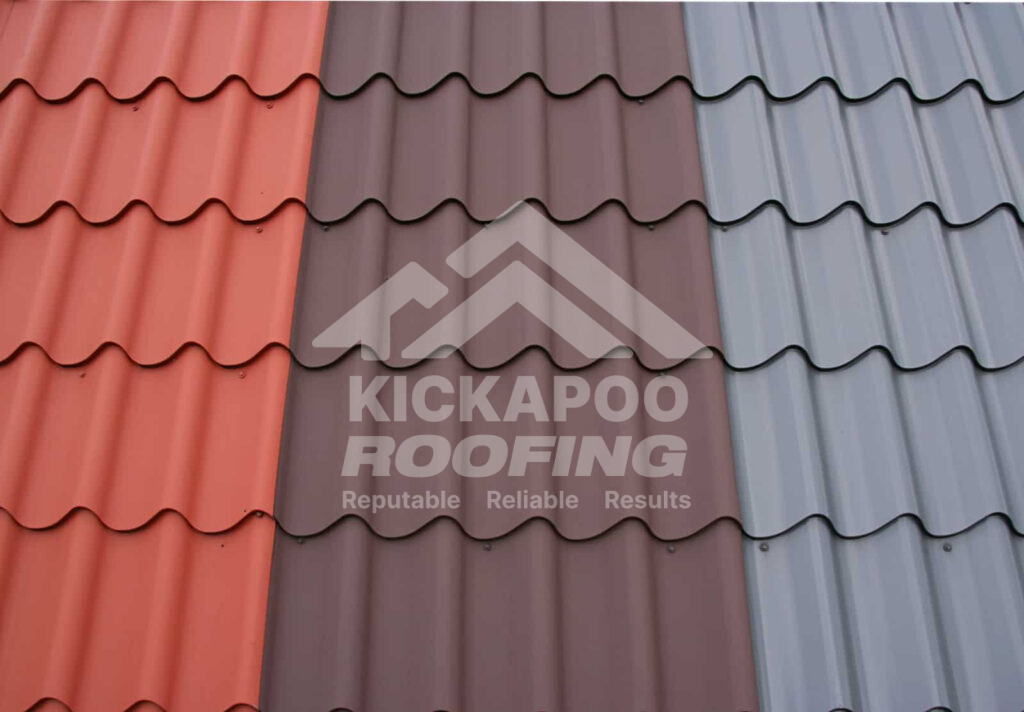
To grasp the connection between roof color and temperature, it’s essential to consider the principles of heat absorption and reflection. It is a well-known fact that darker colors, including black, absorb more light and convert it into heat compared to lighter colors that reflect more light, reducing heat absorption. This understanding forms the basis of the debate surrounding black roofs and their impact on the temperature inside your home.
Factors That Influence Roof Temperature
While roof color plays a role in determining the temperature inside your home, it is crucial to recognize that it is not the sole factor. Other elements contribute to the overall heat dynamic, and neglecting these factors can lead to misconceptions about the impact of black roofs. Let’s explore some of the key considerations:
1. Roof Material and Insulation: The type of material used on your roof, as well as its quality of insulation, significantly affects its ability to retain or dissipate heat. Proper insulation can mitigate the potential temperature rise caused by a black roof.
2. Climate and Sun Exposure: The climate and the amount of direct sunlight your roof receives are essential factors to consider. In hotter climates, black roofs may contribute to increased heat absorption, while in colder regions, they can provide additional warmth during winter months.
3. Roof Pitch and Orientation: The angle of your roof and its orientation relative to the sun’s path can impact heat absorption. A steeper roof pitch allows for better heat dissipation, potentially counteracting the effects of a black roof.
4. Ventilation and Airflow: Adequate ventilation is crucial in maintaining a balanced temperature inside your home. Properly designed ventilation systems help dissipate heat, regardless of the color of your roof.
Debunking The Myth: A Black Roof Makes A Home Hotter
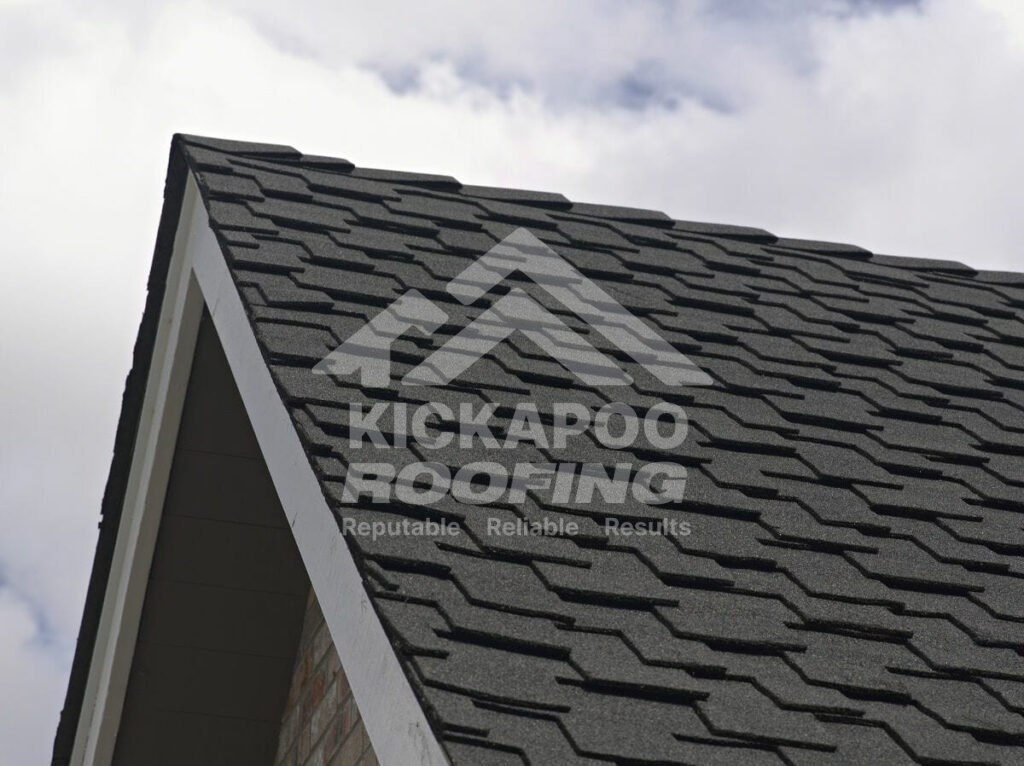
Contrary to popular belief, the impact of a black roof on your home’s temperature is not as significant as some may suggest. While it is true that black roofs absorb more heat compared to lighter colors, the overall effect on the interior temperature is influenced by various factors.
Research has shown that the difference in attic temperature between a white roof and a black roof is typically around 8-10 degrees Fahrenheit. However, this does not translate to the temperature inside your living space. The insulation and ventilation systems in your home play a vital role in regulating heat transfer, ensuring minimal impact from the color of your roof.
Furthermore, when comparing shades of gray, brown, and tan to black, the temperature difference is generally only 2-3 degrees Fahrenheit. This small variation further emphasizes the importance of considering other factors that contribute to home temperatures, such as insulation and ventilation.
If you are interested in a dark-colored roof, check out our blog post on 10 black roof shingles in 2023 to get some ideas.
Optimizing Roof Color For Different Climates

While black roofs may not significantly increase the temperature inside your home, it is important to consider the weather patterns in your area and your specific needs when choosing a roof color. Here are some guidelines to help you optimize your roof color based on different climates:
1. Hotter Climates: In regions with predominantly hot weather, lighter-colored roofs, such as white or light gray, are recommended. These colors reflect more sunlight, reducing heat absorption and potentially lowering cooling costs.
2. Colder Climates: In colder climates, black roofs can be advantageous as they absorb more heat from the sun. This additional warmth can help reduce heating costs during winter months. However, it is crucial to ensure proper insulation and ventilation to prevent excessive heat loss or moisture buildup.
3. Mixed Climates: If you live in an area with both hot summers and cold winters, a compromise between dark and light roof colors may be ideal. Consider opting for brown or bronze shades, which strike a balance between heat absorption and reflection.
Additional Considerations When Choosing a Roof Color
When selecting a roof color, there are several other factors to keep in mind beyond temperature regulation. These factors can influence the overall look, longevity, and maintenance requirements of your roof. Here are some additional considerations:
1. Aesthetics: The color of your roof should harmonize with the overall design and style of your home. Consider the existing exterior colors, architectural elements, and the visual impact you want to achieve.
2. Durability: Some roofing materials may exhibit differences in durability based on color. Consult with your roofing contractor to understand the lifespan and maintenance requirements of different colored roofs.
3. Availability: Depending on your location and the popularity of certain roof colors, availability may vary. Ensure that the color you choose is readily accessible and compatible with your roofing material of choice.
Conclusion
While the debate surrounding black roofs and their impact on home temperature continues, it is clear that the color of your roof is just one piece of the puzzle. Proper insulation, ventilation, and other factors play an equally important role in regulating the temperature inside your home. When choosing a roof color, consider your climate, aesthetic preferences, and long-term durability to make an informed decision. By taking a holistic approach, you can ensure a comfortable and energy-efficient living environment, regardless of the color of your roof.
Install Energy-Efficient Roofing Materials On Your Roof In Wisconsin
Out of many factors that affect the temperature regulation inside your home, a proper roof installation is the most important. No matter the type and quality of roofing materials you have installed, if they aren’t installed properly, they are more likely to increase the temperature and, consequently, raise your energy costs. The quality of installation depends on the qualifications, skill level, and professionalism of your roofing contractors.
At Kickapoo Roofing, we are Wisconsin’s expert and professional roofers who guarantee the satisfaction of our customers by delivering high-quality roofing services. We provide roof replacements, repairs, inspections, and installations, so give us a call today at (608) 352-8688 to hire our expert team.
 (608) 352-8688
(608) 352-8688  schedule consultation
schedule consultation
